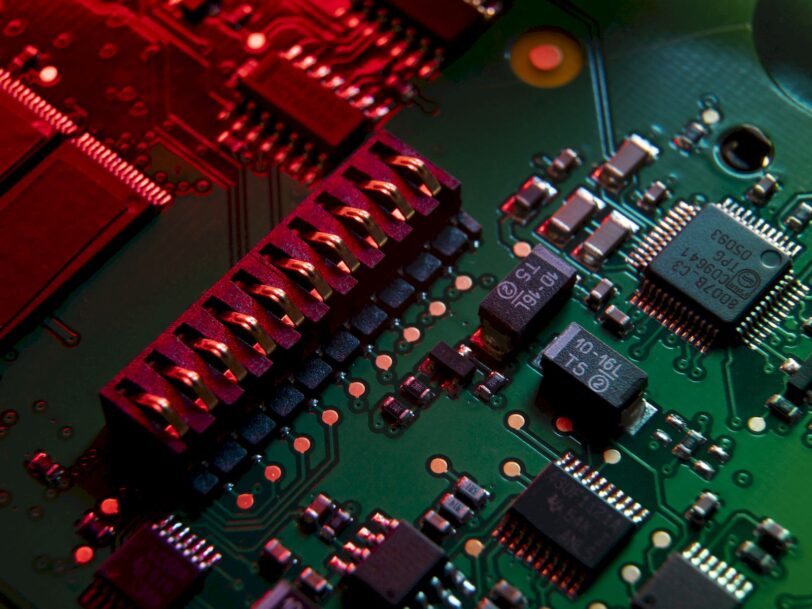What is PCI memory controller?

A memory controller is a very important device, and without it it would be impossible for the CPU, or other processing units, to access system memory. If you want to know more about this key piece of computing, here we show you a complete tutorial on this subject.
What is a memory controller?
The memory controller, or also known as PCI, is a component that plays a crucial role in the storage system, since it is responsible for supervising and coordinating the operation of RAM memory, making sure that it responds properly to requests for memory. In this way, the memory controller informs the memory if a write or read operation is required, among others.
Additionally, the maximum memory capacity used in a computer system, as well as the number of memory banks, the type of memory, its speed, bandwidth, and the like, depend on the memory controller. Therefore, the overall performance of the storage system is determined by this controller.
Memory controller types
There are several types of memory controller that you should know, since throughout history there has been an evolution:
- For a long period, a conventional memory controller was used that resided within the northbridge of the chipset. In this way, the CPU could establish communication with the memory through this chip for the exchange of data. However, due to the delays generated by this configuration, it was finally decided to integrate the memory controller directly into the CPU. It is important to take into account that at that time, when access was made through the northbridge, it was carried out through the so-called FSB (Front Side Bus) that had a limited clock frequency and bandwidth.
- Later, memory controller integration was implemented in some CPUs, and this trend became more widespread over time. Currently, practically all CPUs have an integrated memory controller, and it is even common for them to have more than one. This configuration brings significant benefits, such as reduced latency and increased speed, since the CPU can directly access RAM. It is no longer necessary for the information to pass through a slow FSB, instead a direct transmission occurs.
What is an MMU?
A memory management unit, known as an MMU (Memory Management Unit), is a hardware component responsible for managing all memory-related operations and CPU caching. Typically, this MMU is integrated into the processor, although in the past a separate integrated circuit was often used.
It is important to note that proper memory management is crucial and has a direct impact on system performance, therefore the presence of the MMU is a must. In fact, the MMU is in charge of three vital functions:
- Hardware memory control: This task involves monitoring and regulating the processor’s use of random access memory (RAM) and cache.
- Operating system memory management: its objective is to ensure that the necessary memory resources are available for the execution of programs. This involves appropriately allocating and freeing memory as programs require or stop using it.
- Application memory management: it is in charge of assigning the necessary memory to each individual program or process, and later freeing the memory space once said process finishes its execution, so that it can be reused by other programs or processes.
The MMU works closely with the CPU to ensure proper management of memory, where both data and instructions essential for running software are stored. In addition, it is responsible for ensuring the completion of the necessary input and output operations. The functions performed by the MMU are detailed below:
- Memory reallocation: The MMU is responsible for redistributing memory resources in ways that best suit system requirements, both before and after the execution of system processes.
- Monitoring: It also closely monitors all memory resources, making sure to keep an accurate record of their status and availability.
- Efficiency optimization: The MMU seeks to preserve main memory and other memory resources, using techniques and algorithms to make the most of their capacity and minimize their waste.
- System Integrity Maintenance: Works to reduce the likelihood of memory fragmentation and misallocations, helping to maintain a more consistent and reliable memory system.
Physical memory vs logical memory
It is also important to note that there are differences between what we know as logical memory and physical memory and that must be understood to try to understand how the MMU works:
- Logical Memory: The CPU generates logical memory addresses, also known as virtual address space. This virtual memory has the ability to dynamically adjust its size based on processing requirements. In other words, you can exceed the limits of the installed RAM. This is probably familiar to you, as the pagefile.sys file on Windows or the SWAP partition on Unix systems are examples of storage drives used to supplement RAM.
- Physical memory: the MMU performs the calculation of the physical addresses, which are then loaded into the address register so that they can be accessed. Physical addresses do not change, unlike logical addresses. These addresses refer to actual locations in memory address space.